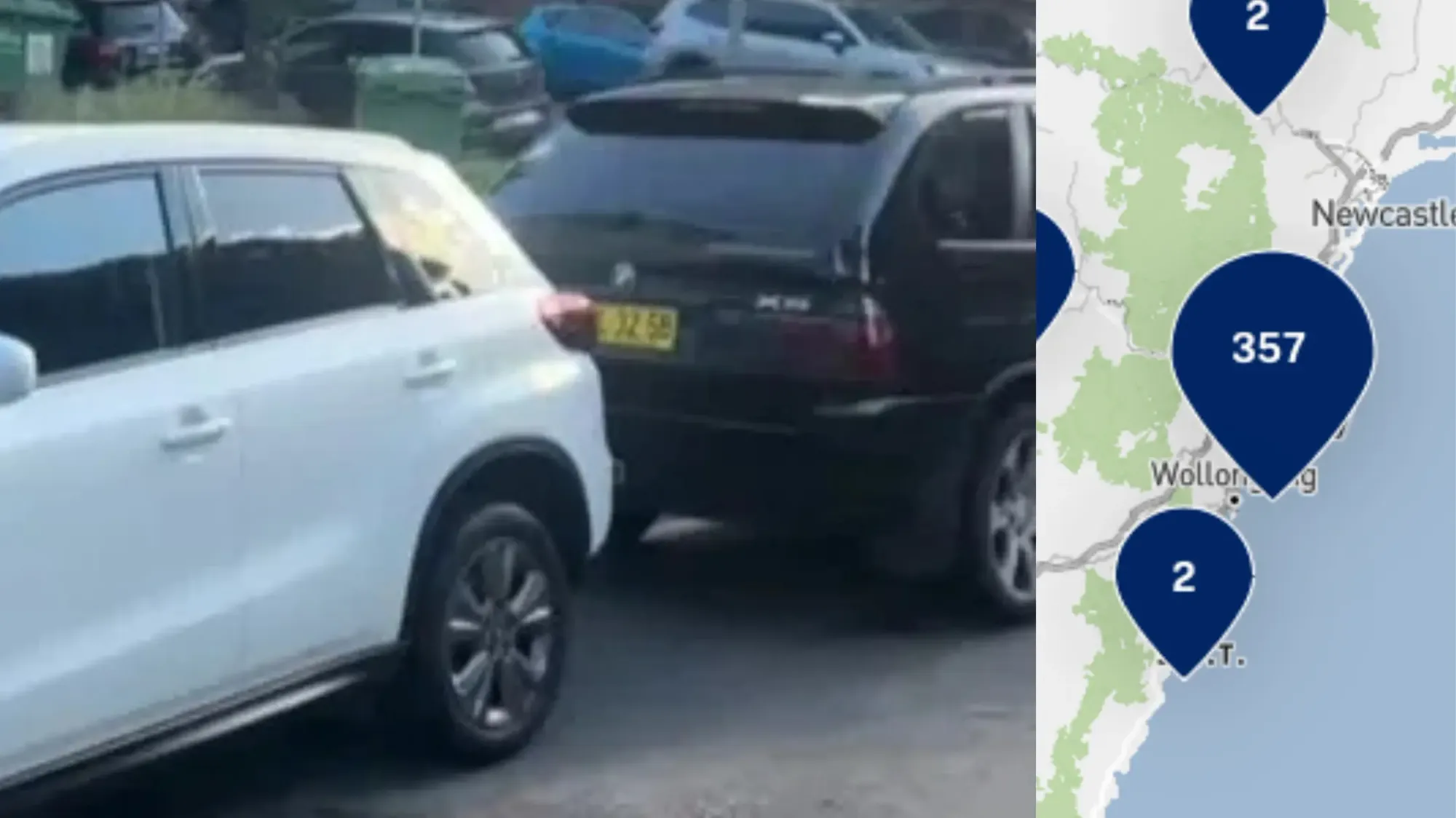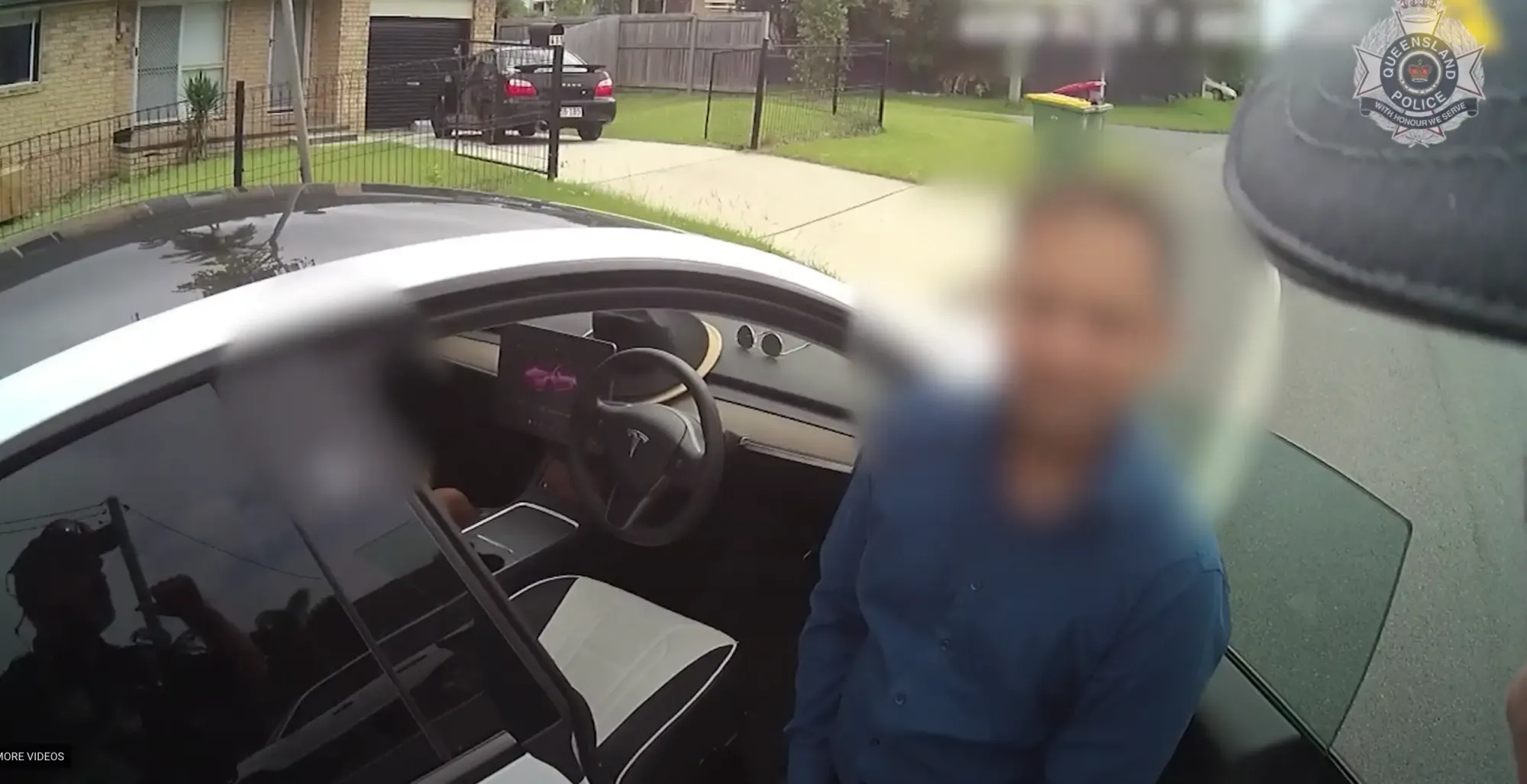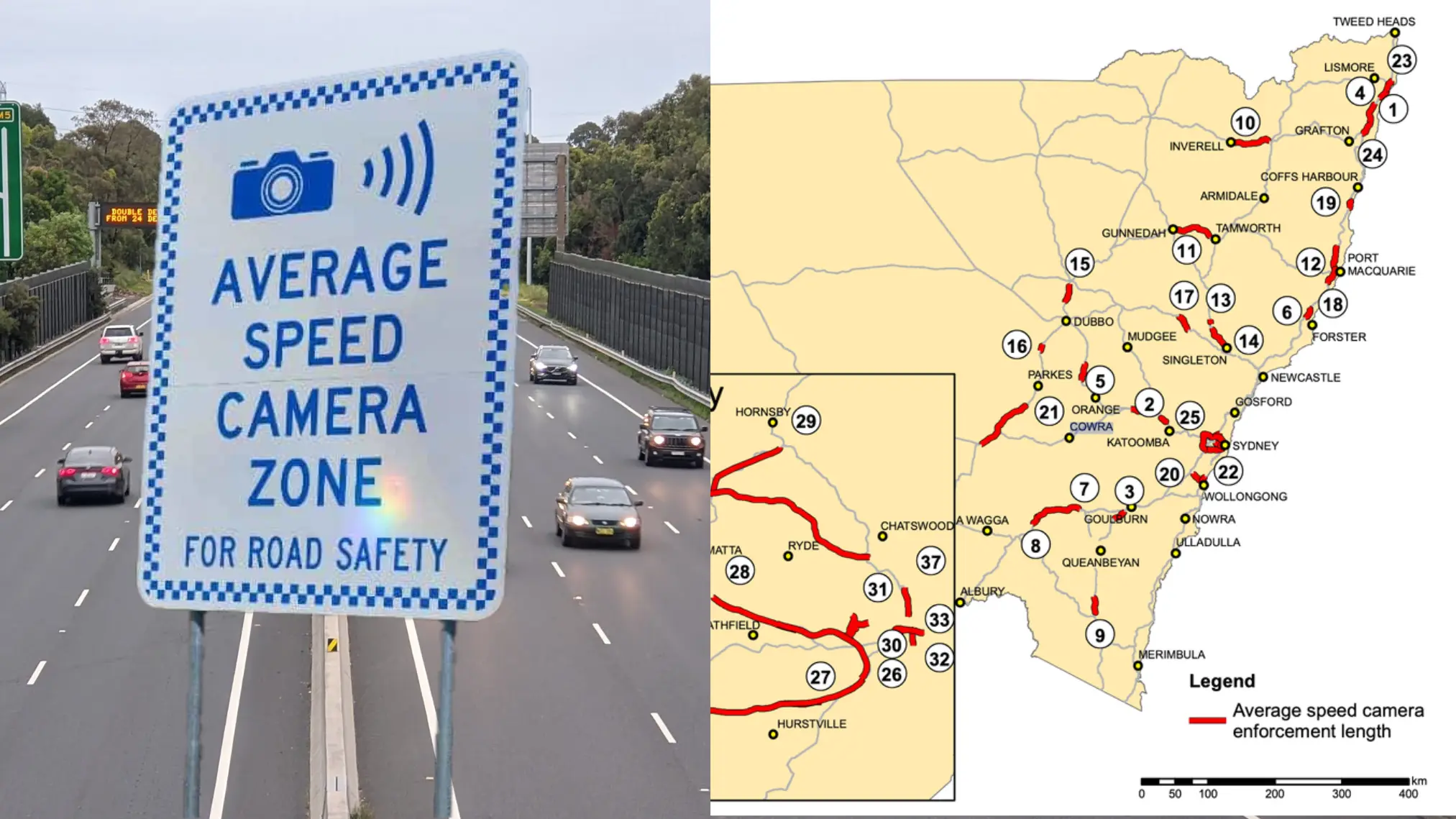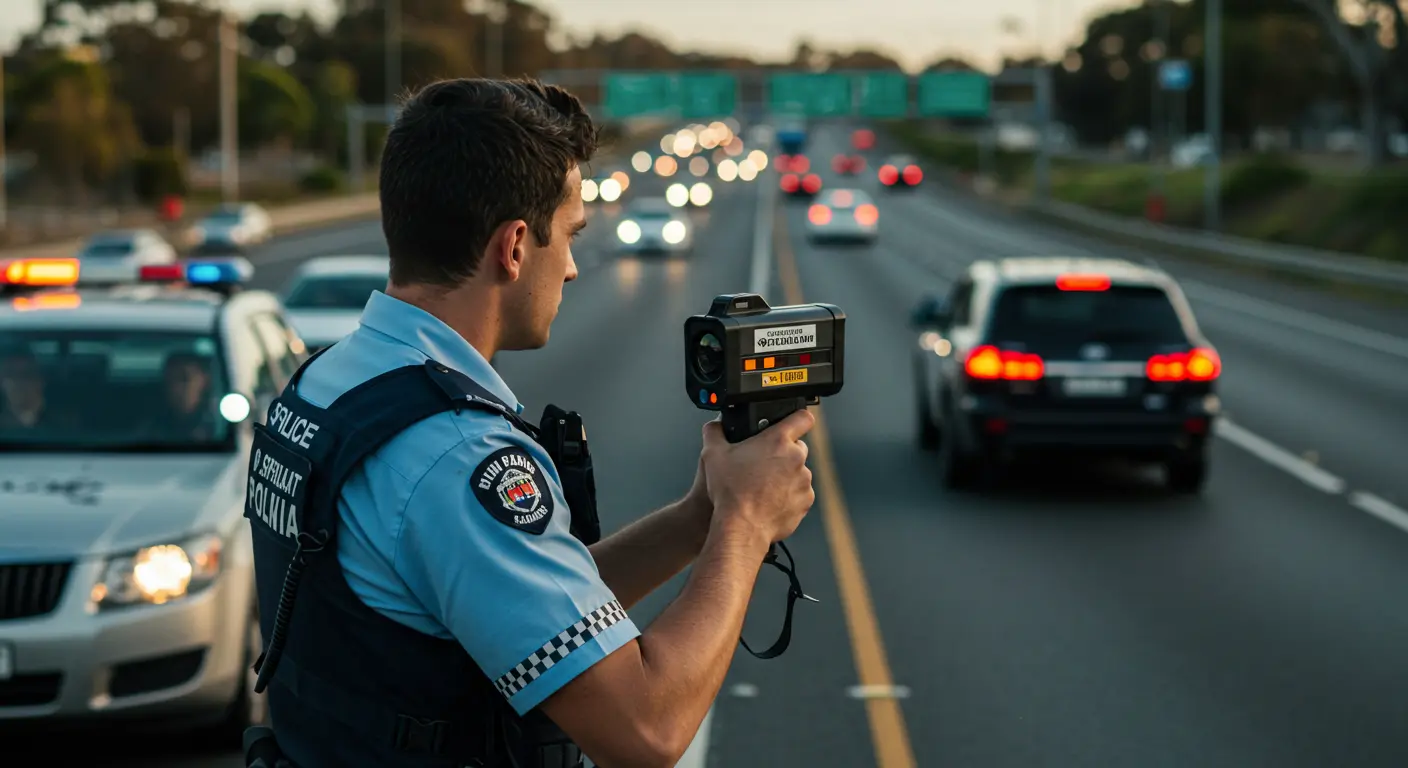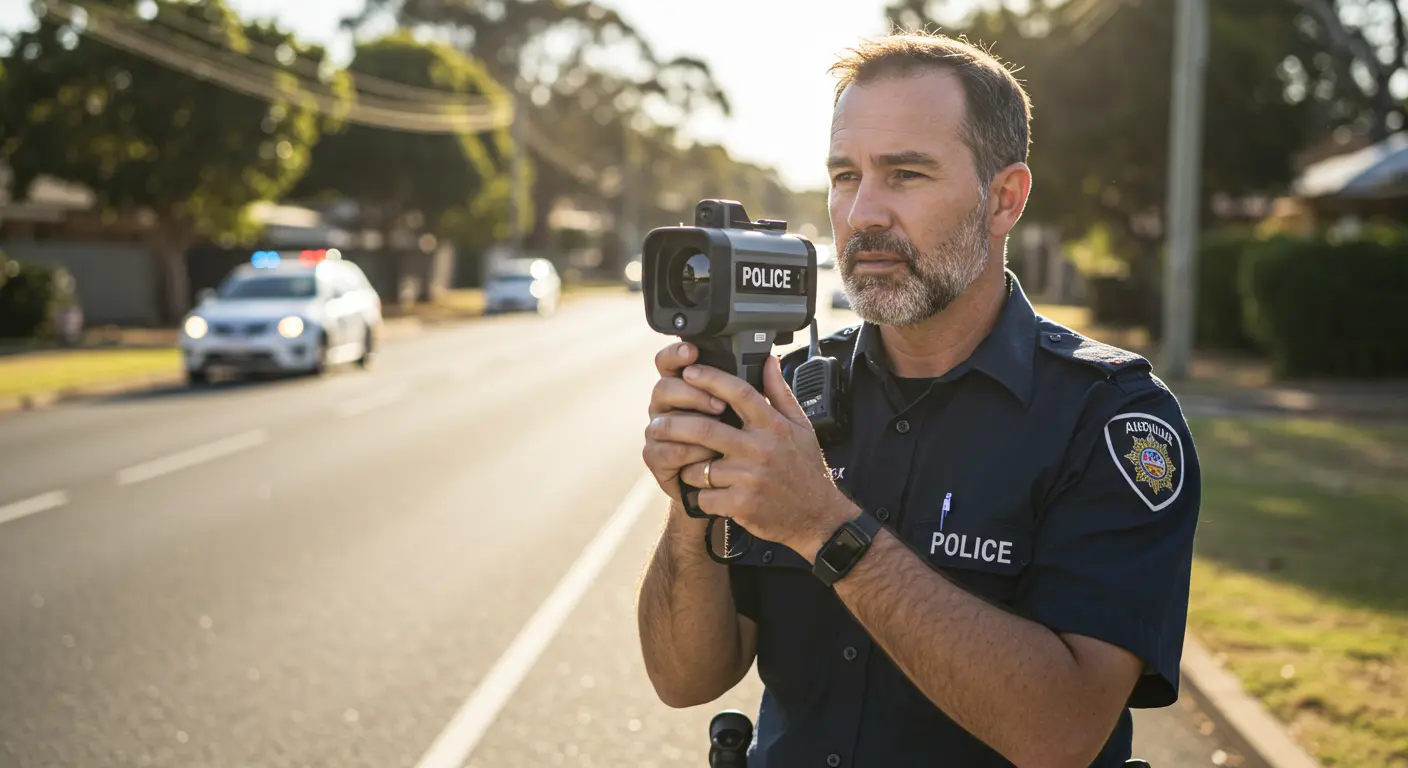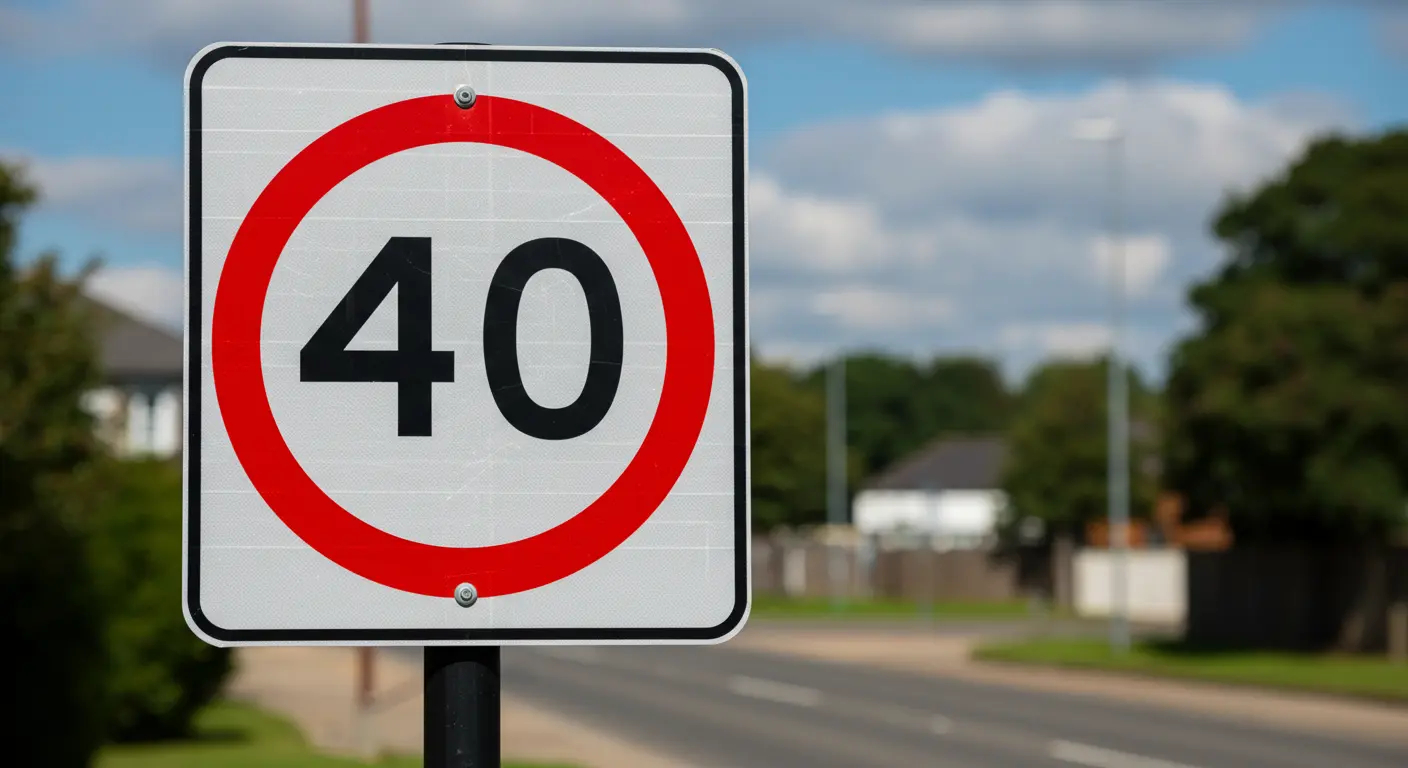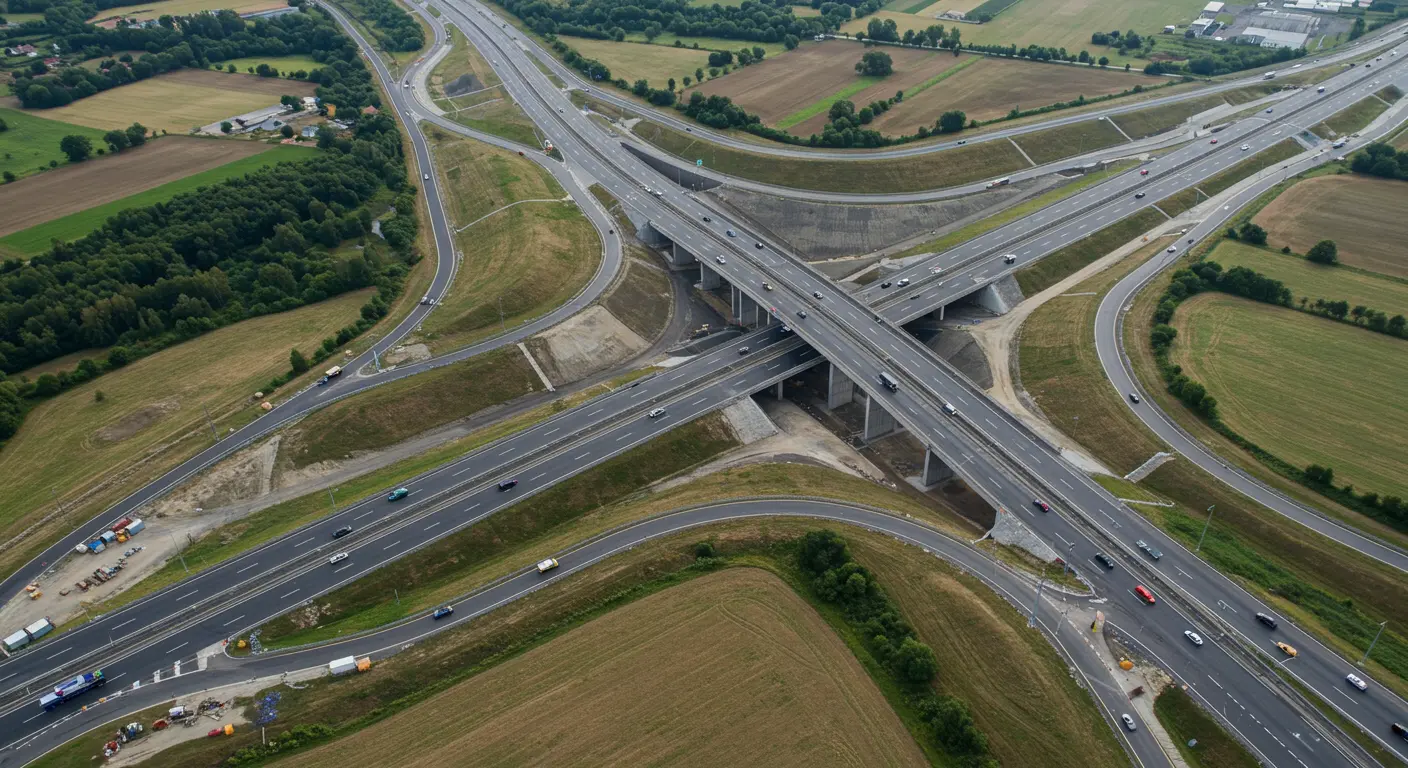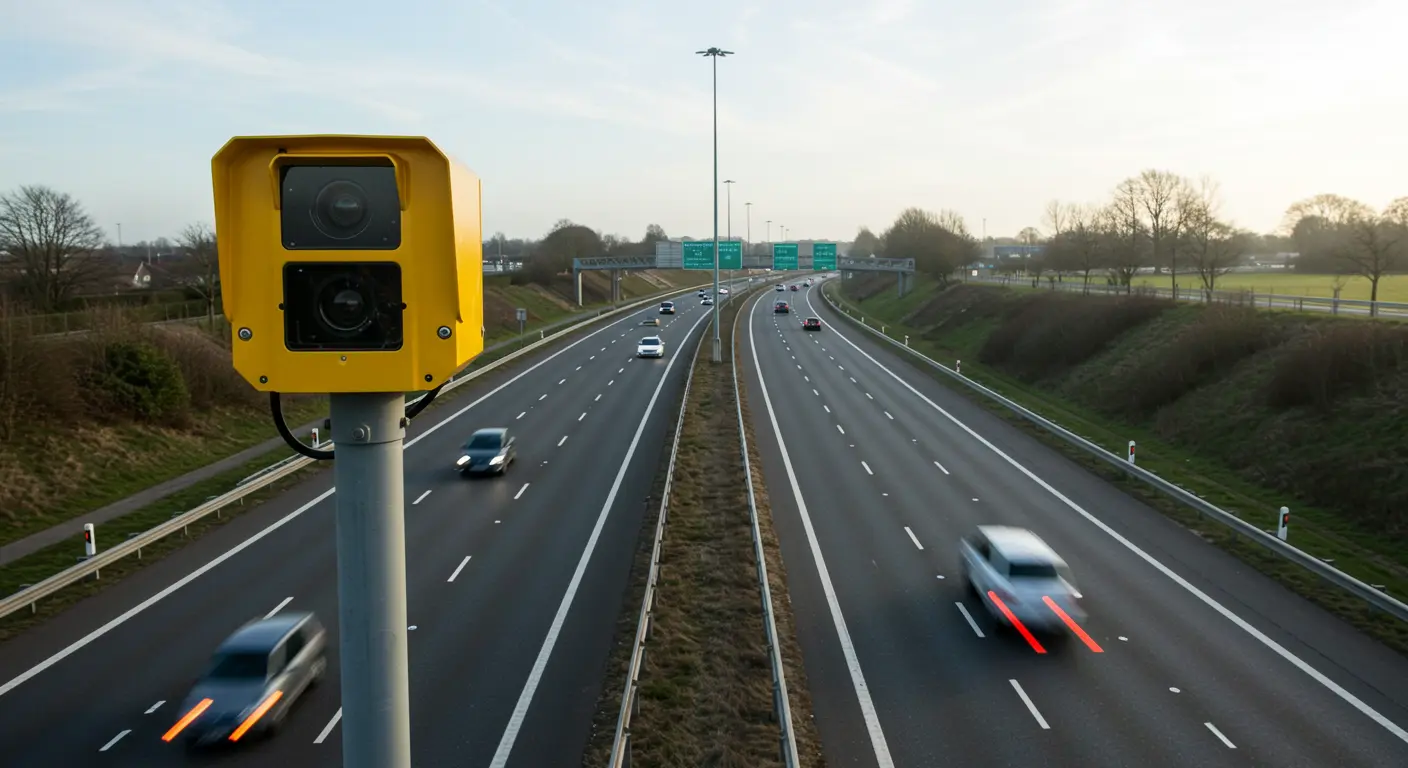New South Wales is set to expand its average speed camera trial to include all vehicles, not just heavy trucks, as part of a broader effort to reduce road fatalities. The initiative aims to curb speeding and improve road safety across the state, with the trial expected to begin in mid-2025.

How Do Average Speed Cameras Work?
Unlike traditional speed cameras that capture a vehicle’s speed at a single location, average speed cameras calculate a vehicle’s speed over a set distance. These cameras record the time a vehicle enters and exits a monitored section of the road and determine if the average speed exceeds the limit. If a vehicle is found to be speeding, the driver receives a fine and demerit points.
Why the Change?
Speeding remains the leading cause of road fatalities in NSW, contributing to 41% of deaths over the past decade. While these cameras have historically been used to monitor heavy vehicles, authorities believe extending the program to all vehicles could significantly improve road safety.
NSW Minister for Roads John Graham highlighted the effectiveness of this technology in other regions. "This is the right time to investigate whether lives can be saved by the use of average speed cameras for all vehicles, not only trucks," he said.
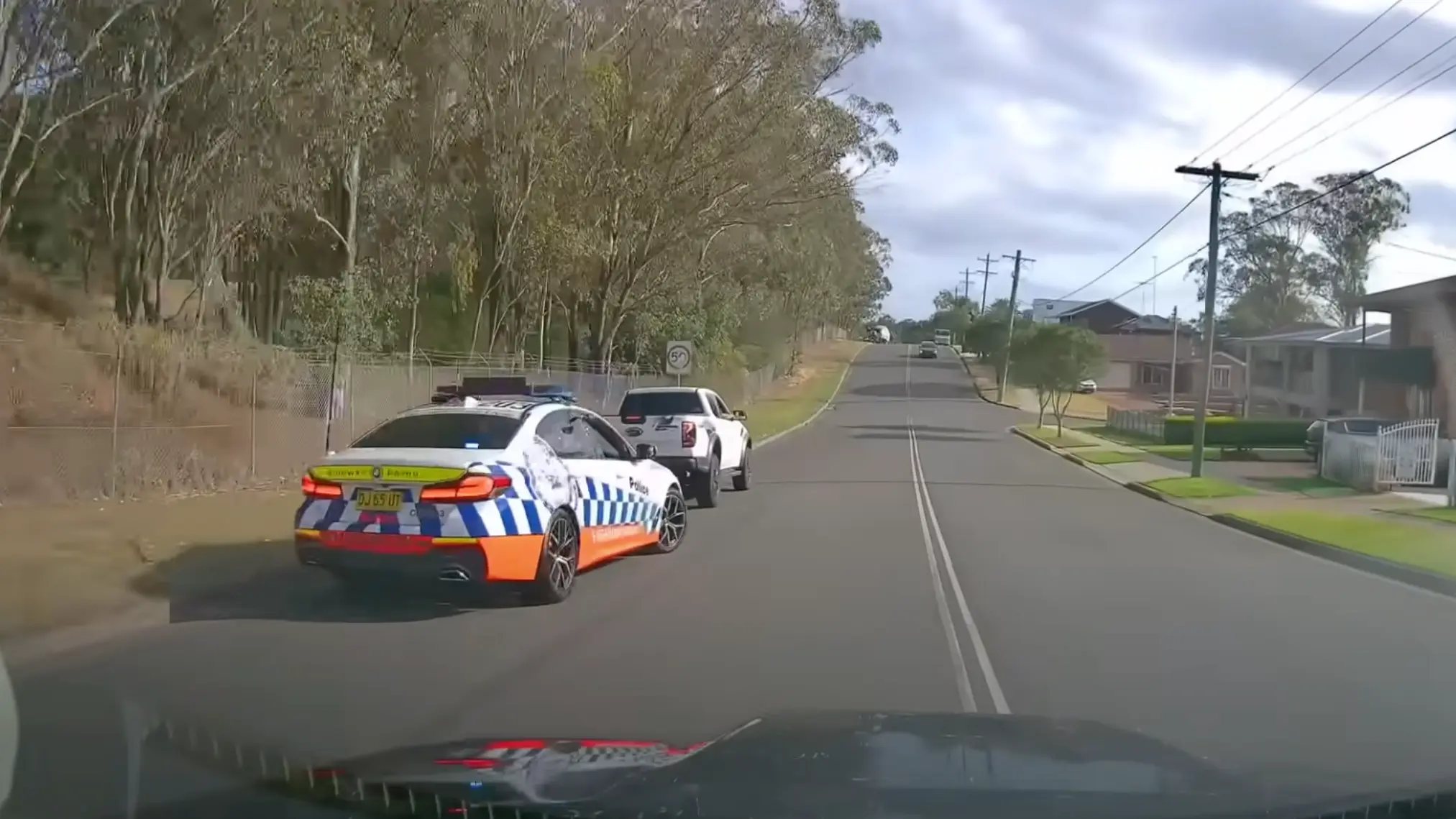
Where Will the Trial Take Place?
The trial will begin in two key regional locations:
- Pacific Highway (Kew to Lake Innes, Port Macquarie) – A 15 km stretch between cameras.
- Hume Highway (Coolac to Gundagai) – A 16 km stretch between cameras.
These locations were chosen due to their high accident rates, with six fatalities and 33 serious injuries recorded between 2018 and 2022.
Public Awareness Campaign & Warning Period
To ensure drivers are informed, the NSW Government will launch a comprehensive awareness campaign ahead of the trial. For the first 60 days, warning letters will be issued to drivers exceeding the speed limit instead of fines. Once this period ends, full enforcement, including fines and demerit points, will be implemented.
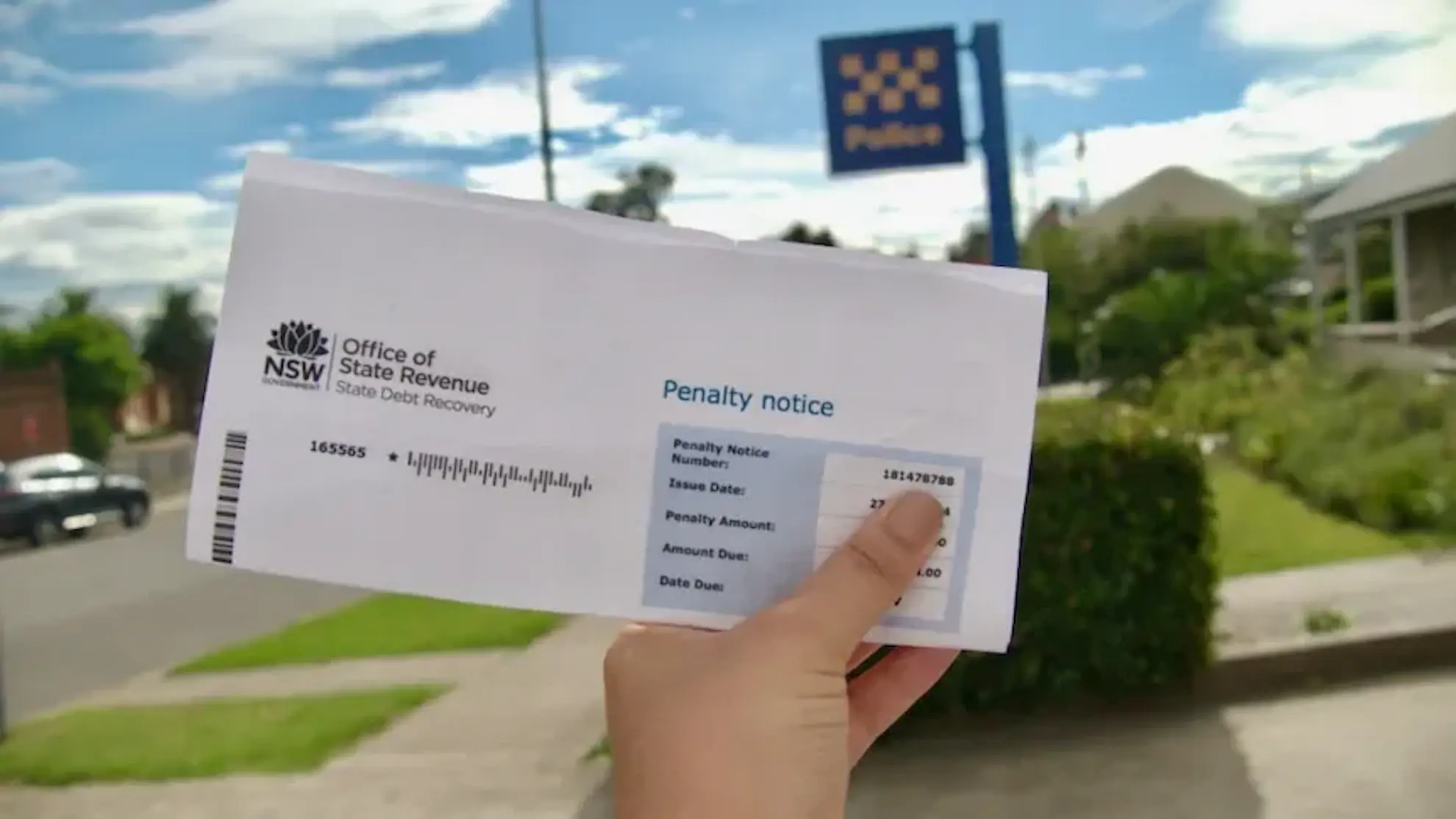
Impact on NSW Drivers
Drivers should expect increased monitoring on regional highways and stricter enforcement of speed limits. The system encourages consistent adherence to speed limits over extended distances, making it harder for speeding drivers to evade detection.
How NSW Compares to Other States
NSW has been slower to adopt average speed cameras for light vehicles compared to other Australian states. In contrast, Victoria, Queensland, and Western Australia already use this system for all vehicles, with proven success in reducing road trauma. Internationally, countries such as the UK, Norway, and the Netherlands have implemented similar measures with significant results.
What’s Next?
The success of the trial will determine whether average speed cameras become a permanent fixture on NSW roads. If effective, additional locations could be added across the state, further aligning NSW with national and international best practices in road safety.
The expansion of average speed cameras marks a significant step in NSW’s efforts to reduce speeding and improve driver safety. With a structured awareness campaign and phased enforcement, the government hopes to drive long-term behavioral change and ultimately save lives on the road.
